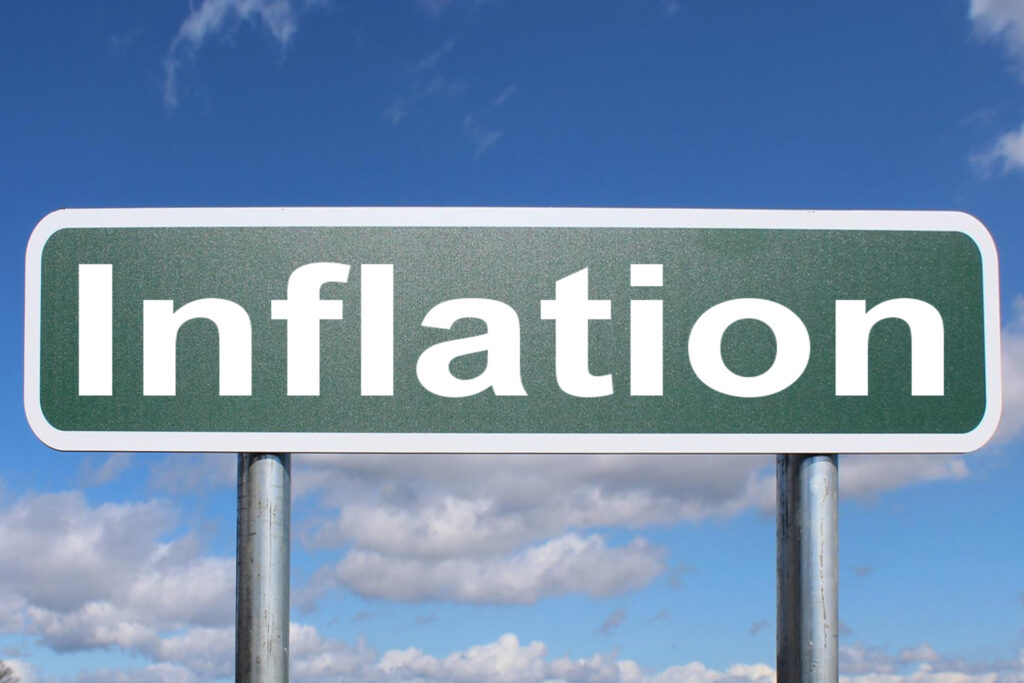
Inflation around the world is a hot topic as many countries struggle with increases in inflation on consumer goods. This has put a spotlight onto the “cost of living” topic and how it affects inflation in the media industry. Full-service media agency, Meta Media discusses the topic.
As with consumer goods being subject to and causing inflation, media is also impacted by inflation and besides just rate increases there are other factors that contribute to the overall Media Inflation figure. A major cause is a decrease in media performance, for example, a decrease in TV ratings or a drop in listenership or readership figures. Various elements have contributed to these latest numbers, such as the effects of Loadshedding, the pandemic lockdown, July riots last year, floods and other issues outside of the control of stations / media owners / media agencies.

The media landscape in South Africa is shifting significantly. Everyday terms like the ‘new normal’ and ‘pivot’ clearly indicate change, not to mention the change in consumer behavioural patterns.
Combined with this change, media is a highly volatile business. New opportunities are continually created, and more data is produced more frequently. There is ever increasing competition between media types and within media types resulting in rapidly changing rates, performances and calculated cost efficiencies. Digital and VOD is further increasing fragmentation, resulting in people having an abundance of viewing platform options – this, for the marketers and advertisers, means additional costs to reach the same previous audience.
According to Reach Africa, there is a steady decline of total viewing due to the acceleration of entertainment offerings on digital platforms coming into the market over the last three years. Further disruption to the TV market has been caused by Digital Terrestrial Television (DTT) which is set to accelerate this year and will continue to create massive analogue viewer disruption.
The latest Media Inflation Watch from Mike Leahy indicates that the overall media inflation for Q1 of 2022 has an average media inflation of 16.98% across all media. The highest medium impacting this overall media inflation, is television, which is at 24.45% for the first quarter. Although television has seen an average decrease of rates within this quarter, which was primarily seen on the various Pay Channel Packages and some of E Media Sales rates, the overall performance of this medium has declined by 16.67%, causing the overall television inflation to be at this high level.
As mentioned, various factors have caused the decrease in overall media performance, most of these are outside of the control of media owners and media agencies – the biggest factor causing the decrease in performance for television remains loadshedding, with 2022 levels being the highest they have been over the past five years. 2022 has unfortunately seen a consistent trend of loadshedding month on month. On a positive note, projected television data now includes loadshedding post campaign data resulting in, mostly, better performing television plans than projected. However, it’s mainly SABC2 that sees consistent loss of viewers and under-performing. It will be interesting to see what the trend looks like later in the year.
While all media has seen an increase in media inflation in Q1 of 2022, Print and Radio saw a below average increase (based on overall media inflation). Print increased by 11.12% and radio by 4.17%. Print usually has an annual rate increase at the beginning of the year and radio usually has two rate increases per year, depending on the media owner.
Radio has achieved a stable overall performance which has contributed to the single digit inflation – the new way of measuring radio, thanks to the Broadcast Research Council of South Africa’s (BRC) RAMS Amplify™ has seen a better measurement of this media type and allowing for more accurate measurement of this medium compared to other years, resulting in this overall better performance. The latest listenership report can be viewed at https://brcsa.org.za/rams-amplify-radio-listenership-report-jun21-may22/.
As media agencies try to weather the loadshedding storm and endeavour to keep the impact of double-figure media inflation to a minimum, it is hoped that the storm will clear soon, enabling more stable planning days ahead. As an industry we need to keep a close eye on the performance of television in particular as DTT becomes fully implemented later in 2022.
- UJ & Razor PR partner to reshape communication skills - 23rd April 2024
- Applications open for fourth intake of the ACA Women in Leadership Programme - 23rd April 2024
- Top 50 DSTV programmes – March 2024 - 22nd April 2024





